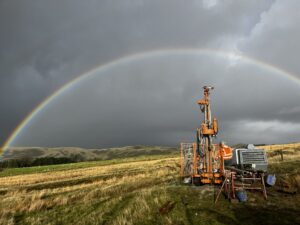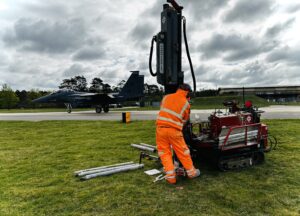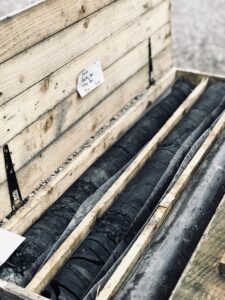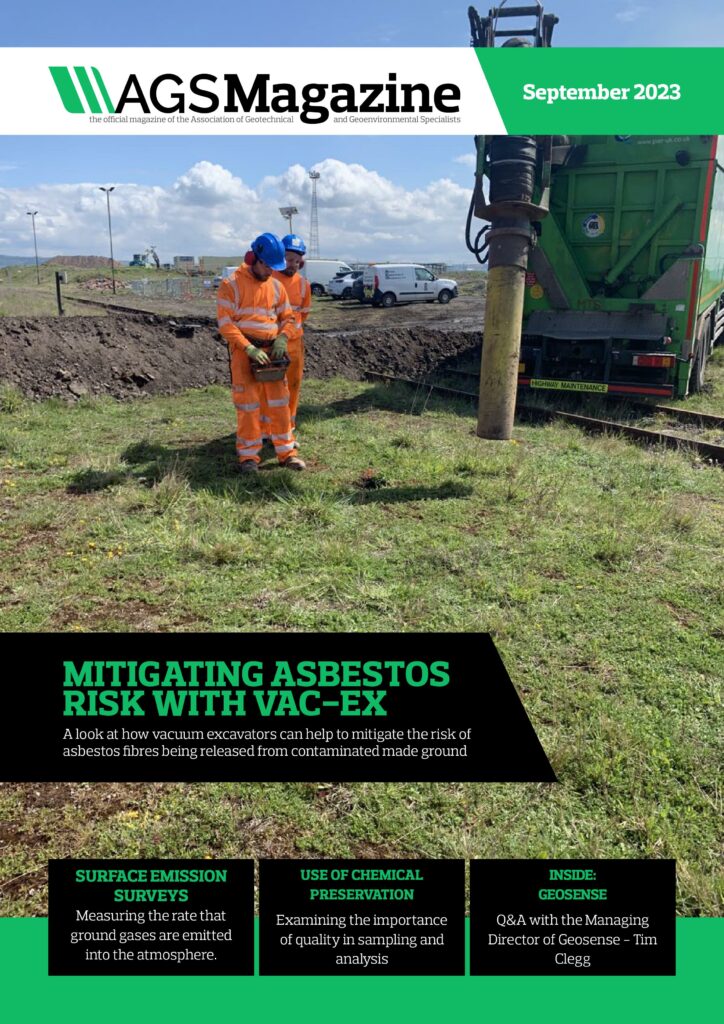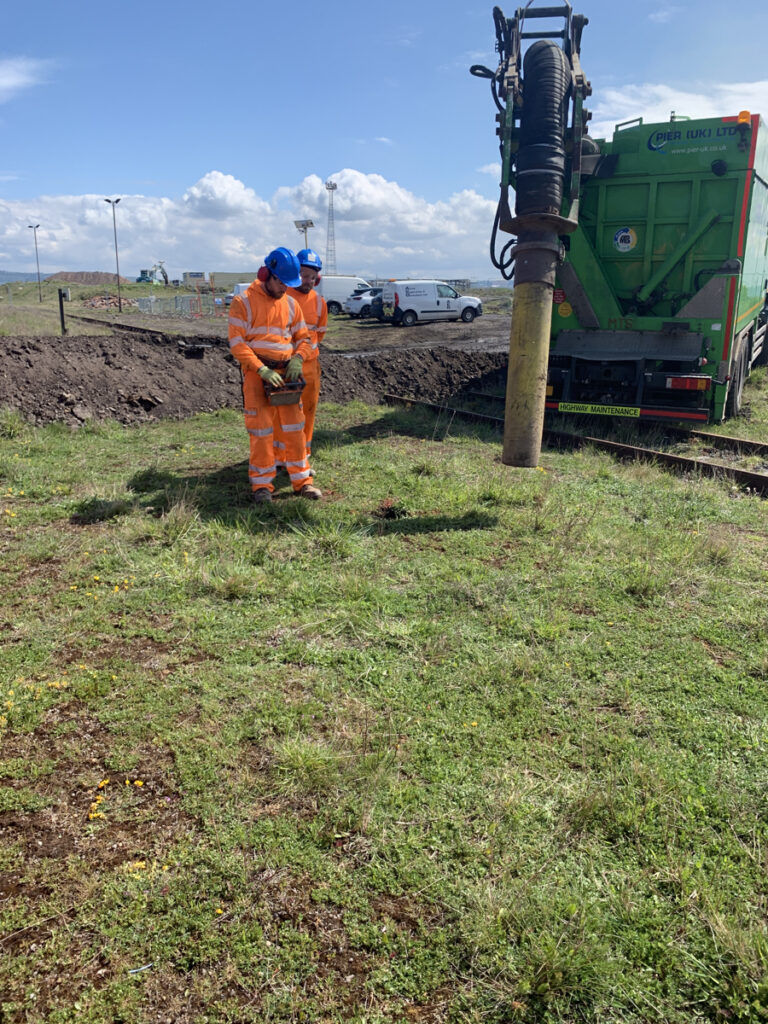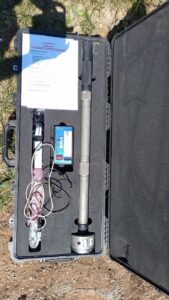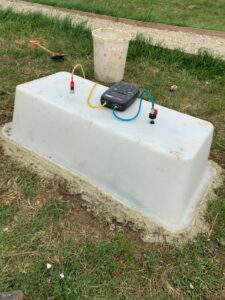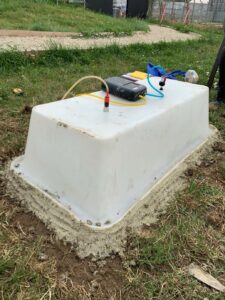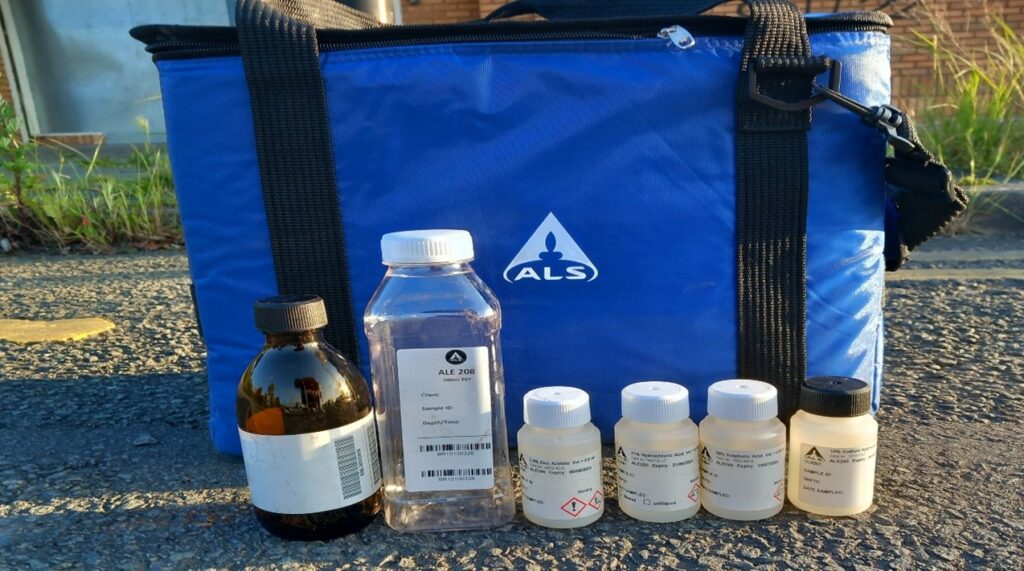Overview
The AGS has asked each of its working groups to discuss sustainability issues at their meetings and the Instrumentation and Monitoring Working Group is no exception. From the Group’s perspective there are obvious sustainability, cost, time and carbon benefits in not having to go to site regularly to monitor Geotechnical or Geoenvironmental parameters. Instead, remote monitoring equipment can be installed, and the data downloaded periodically or streamed in real time to your office computer.
Such a philosophy is also very much in keeping with the AGS data management philosophy – require input of data only once and get the most appropriate person (ideally the producer) to do it.
Unfortunately, many practitioners have had bad experiences with continuous remote monitoring, which can be tricky to establish, maintain and interpret effectively without sufficient experience. Regulators may also not accept on-site analysis of data without prior approval (difficult to obtain with current regulatory response delays), significant oversight and complementary analysis.
There remains a seeming lack of understanding on the part of some practitioners and regulators as to what can be done these days with remote monitoring, the range of equipment that is available and what guidance is available for the use of that equipment (usually precious little and out of date…). The skill lies in the ability to determine exactly what to do and what equipment to use for any particular project, depending on one’s perspective, competence and defined sustainability goals.
Sustainability
In terms of sustainable development, the Brundtland report (UN Report of the World Commission on Environment and Development: Our Common Future, 1987) defines sustainable development as ‘development that meets the needs of the present without compromising the ability of future generations to meet their own needs’.
Sustainability is the combination of several different considerations including environmental, economic and social factors, which can sometimes be even more important than simply reducing carbon. Offsetting is a commonly misused word in the context of sustainability as it rarely is in practice and most people will only come across it in relation to carbon footprints, credits and the fuel in the plane that takes you on holiday.
In fact, the basic concept underlying sustainability is that it is best achieved using a process involving quantification of a combination of potentially related factors from each of the identified key areas as expressed for example in UN sustainability guidance.
This process lead methodology and approach is absolutely key to determining and calculating the positive and/or negative elements identified and quantified to achieve the “best” result – for a given value of “best”.
There have been several attempts to undertake sustainability calculations by both AGS members and others, and several more attempts are currently in the process of being determined, tested and calculated, including at least one for UK regulators. This is in part a response to the engineering sustainability initiatives being developed within the development/building industry at the request of groups like ICE.
However, this is far from a simple task in practice, especially when one starts including considerations of total life cycle carbon, recycling and waste elements, which are very difficult aspects to attach precise and accurate quantifications to.
Process
So, how does one actually go about proving or justifying the use of on-site methods, equipment, analysis, remote monitoring and costs against more traditional methods such as laboratory analysis? One of the easier ways to at least start the process is to determine the benefit primarily on the basis of cost, especially as the carbon intensive travel to site element is becoming ever more expensive.
For example, six gas monitoring visits (minimum recommended by CIRIA document C665 ‘Assessing risks posed by hazardous ground gases to buildings’ for residential low risk) may cost in the order of £3,000 and 1.2 tonnes carbon dioxide emissions.
Compare this with a remote continuous monitoring system at two visits (one to install and one remove) over a week of falling low pressure continuous monitoring at a total cost in the order of £2,200 and 0.2 tonnes carbon dioxide emissions.
Issues Identified
However, if the regulator treats the CIRIA C665 requirements (for example) as strict requirements and not as guidance, they may not accept the possibility of remote monitoring data and conclusions as continuous monitoring for gasses largely postdates the original publication of that guidance.
This could increase the costs beyond that for the proposed six visits. This is where the socio-legal aspect of the sustainability calculation comes in, along with our professional duty of care to our clients, and perhaps explains why this is not taken up as much as it could and should be, to improve the sustainability of the industry when using newer technologies and alternative, but equally valid and proven methodologies.
Conclusions
As a regulated industry, we can fail on sustainability when it comes to presentation, guidance and especially the regulation itself, which is often many years behind the current realities of what can now be achieved on site.
We hope that this article will provide an initial spur to tackling some of the issues raised by the working group and that with the help of its members and others, the AGS can produce influential and informative guidance to practitioners, clients and UK regulators regarding the options available, new ways and examples of how to achieve regulatory compliance, and how remote monitoring and analysis can contribute to the overall sustainability of our Client’s projects and the industry as a whole.
Whilst in fact the determination process can be fairly simple (at least in theory), to determine what is probably the best, greater or more sustainable method of undertaking current site tasks and analysis, it may not be attainable using a method currently accepted by the appropriate UK regulator or society.
The Instrumentation & Monitoring Working Group will be exploring this topic further and will aim to provide additional case studies and examples of how this can be successfully achieved in practice. If any AGS members have relevant examples, case studies and critiques on any of the above or related topics then please send them to the group via the AGS Secretariat and thanks for listening.
Article provided by Chris Swainston on behalf of the AGS I&MWG

